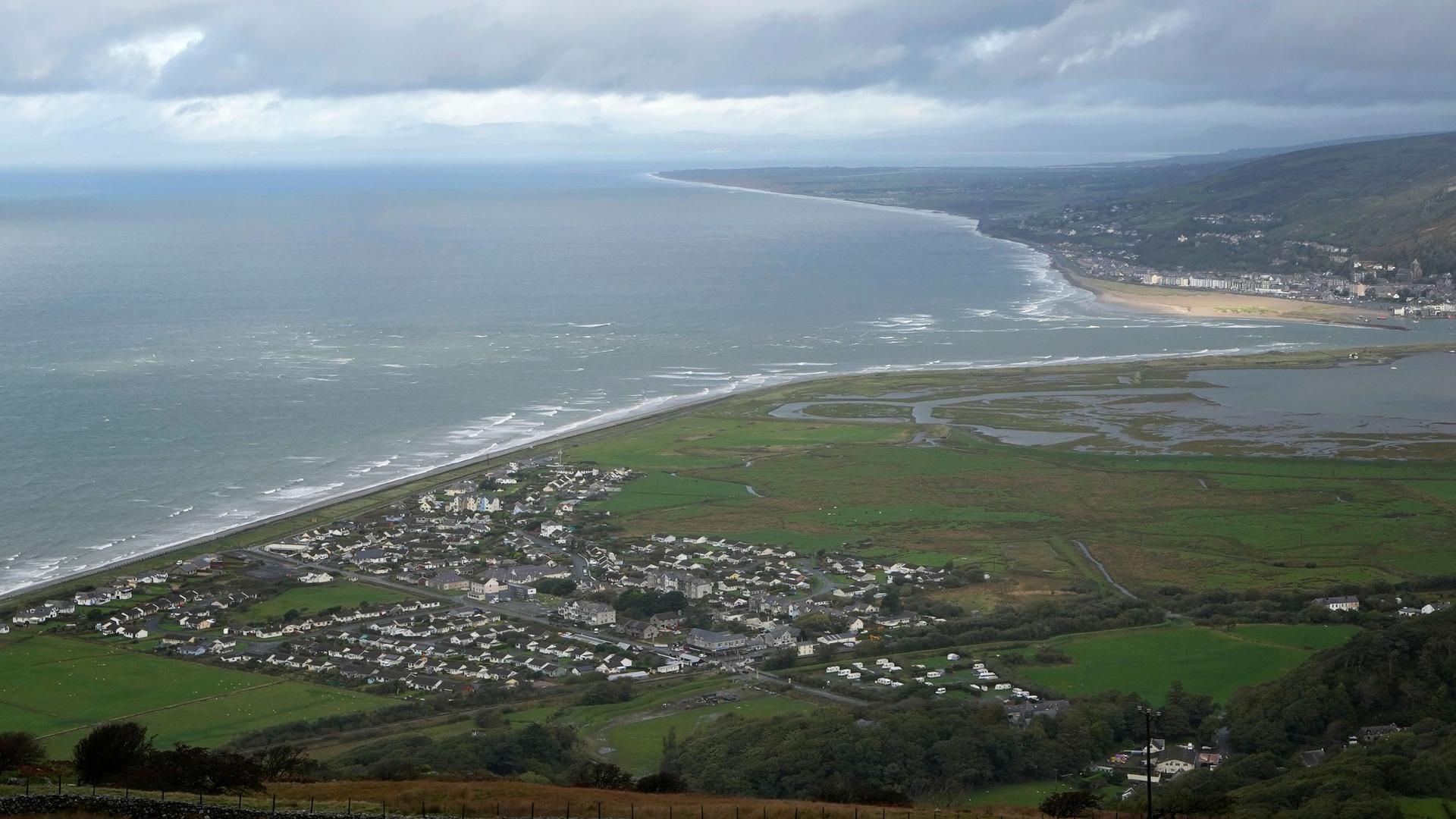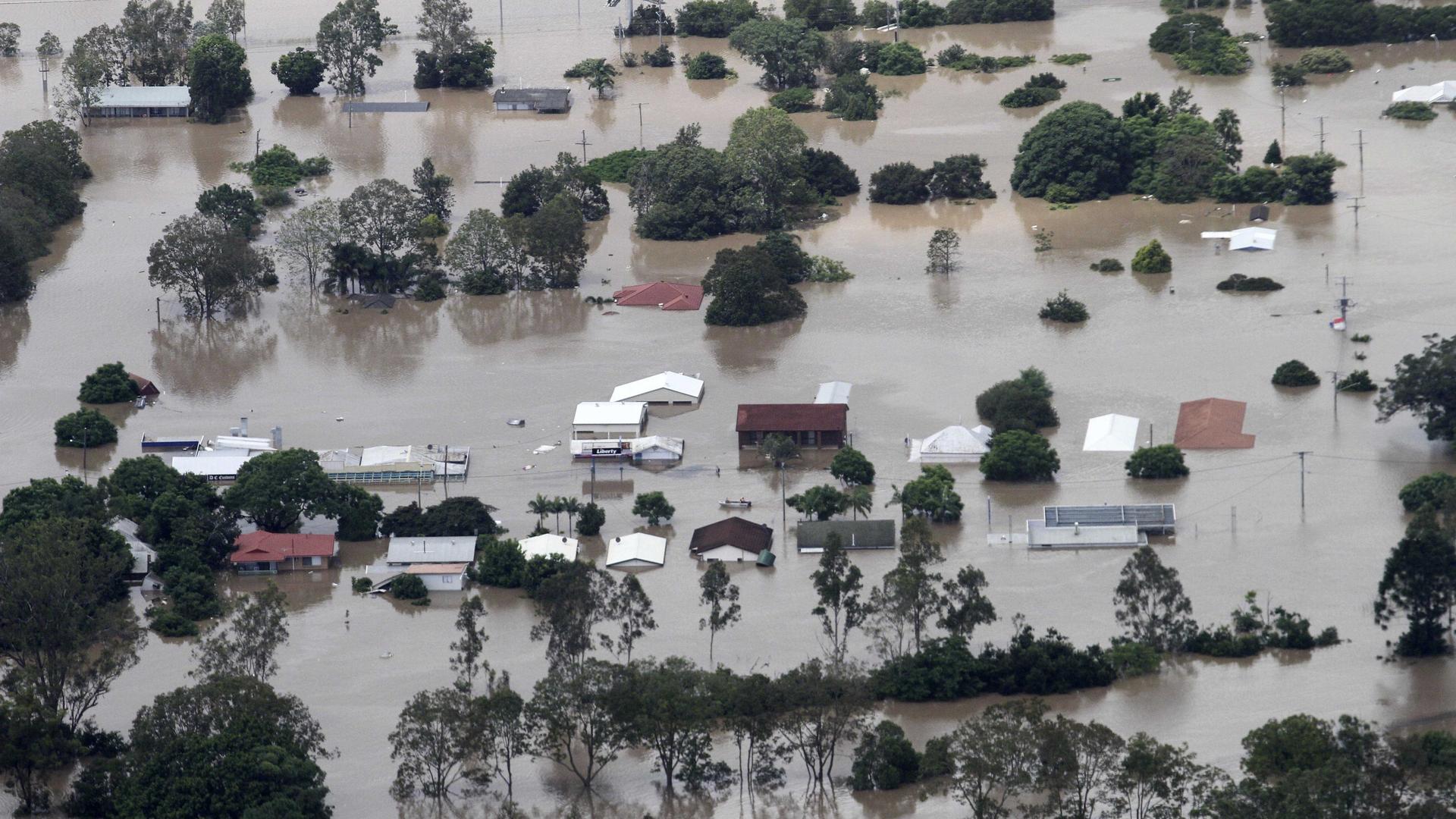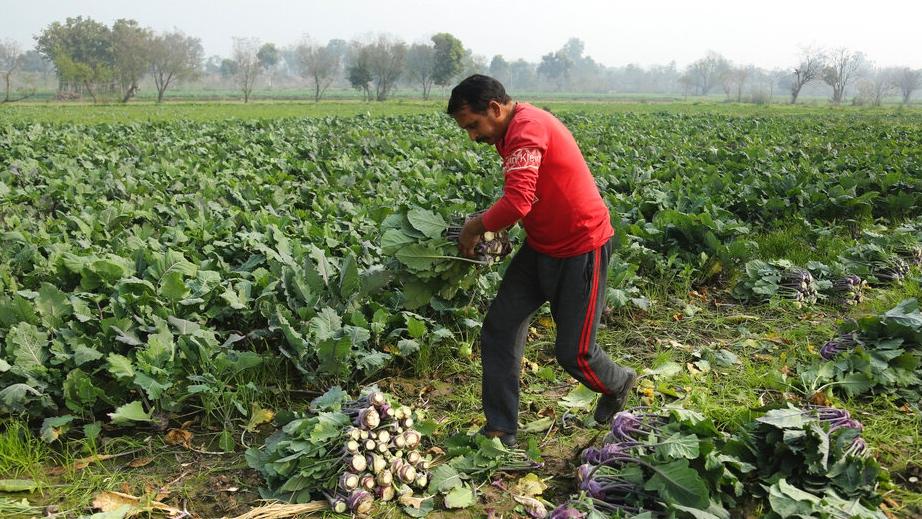Environmental migrant
Understanding the human side of climate change relocation
Papua New Guinea inhabitants are in a race against climate change as they continue to lose their land to rising sea levels and coastal erosion. Since 1994, the islanders of the seven atolls have lost about 50% of their land. In an effort to relocate from a no longer habitable environment, they face devastating economic and political obstacles.
A climate migration crisis is escalating in Bangladesh
In Bangladesh, hundreds of thousands of people are being displaced from their coastal homes and are moving into the slums of cities unprepared to handle the influx. What’s new is the frequency of climate-related catastrophes and the scale of their impact.
Climate change is contributing to the migration of Central American refugees
Migration isn’t caused just by violence and failing governments: Climate-related problems such as drought, extreme storms and excessive heat have pushed many small farmers in Central America to leave their land and head north.


